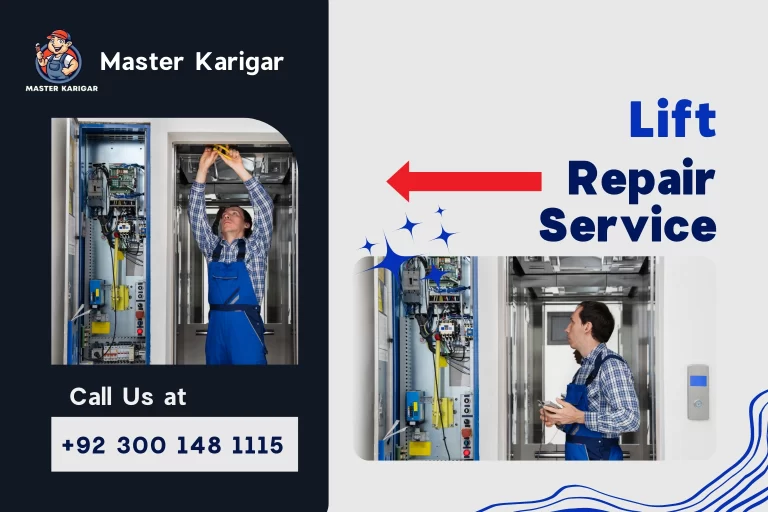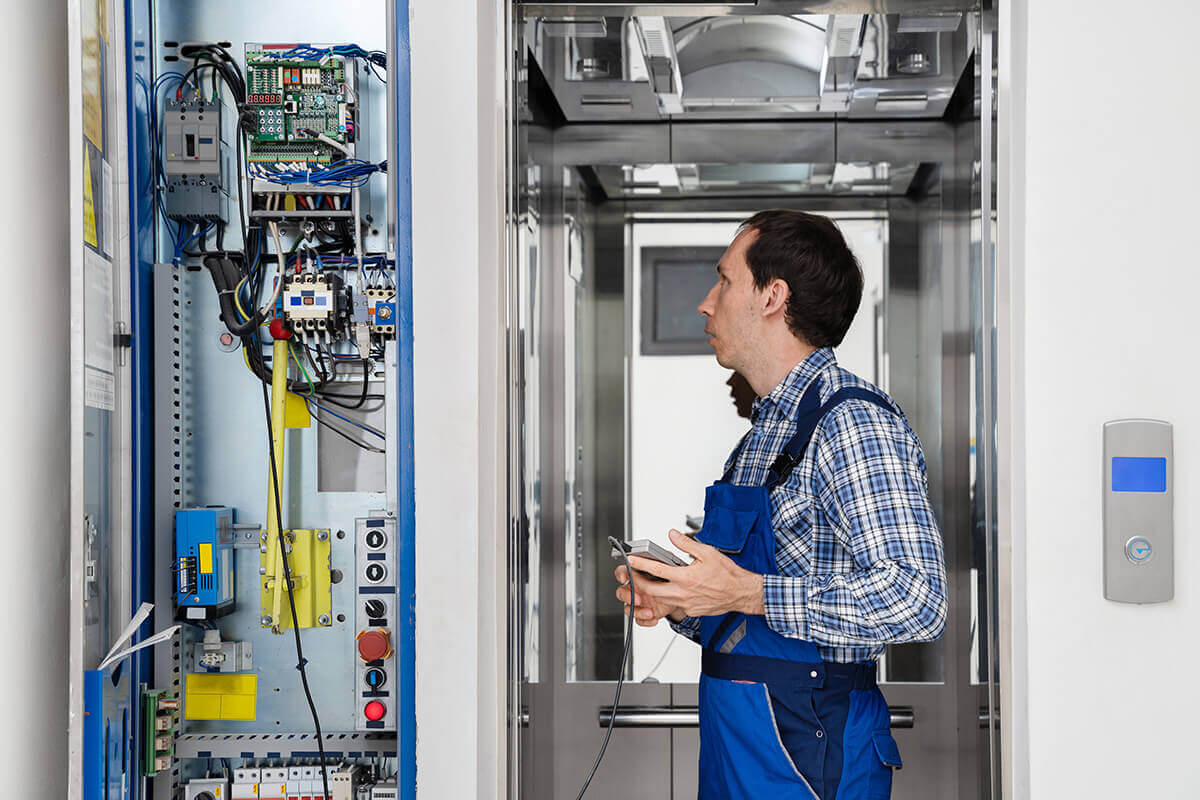Recognizing Platform Lift Capacities: Essential for Efficient Lift Service
Wiki Article
A Detailed Technique to Enhancing Performance With Strategic Lift Fixing Approaches
A organized and strategic technique to lift repair and upkeep is imperative to maximize performance and minimize downtime. By attending to common lift problems, implementing aggressive maintenance actions, and establishing targeted fixing plans, centers can optimize their lift systems to run at peak performance levels.Significance of Lift Performance Optimization
Comprehending the significance of maximizing lift performance is essential for guaranteeing reliable and trustworthy vertical transportation systems in various buildings and structures. Lifts are crucial components of modern framework, supplying vertical flexibility for occupants and products within structures of differing heights. By maximizing lift performance, structure proprietors and facility supervisors can boost user experience, improve power performance, and boost general functional effectiveness.Efficient lift performance optimization includes different elements, including rate, ability, power usage, upkeep, and safety and security needs. Effectively optimized lifts can decrease wait times for individuals, particularly in high-traffic buildings, resulting in enhanced complete satisfaction and performance. Furthermore, optimized lifts add to energy savings by utilizing innovative control systems and technologies that reduce power consumption without compromising efficiency.

Identifying Common Lift Issues
Determining common lift problems is essential for preserving the operational efficiency and safety and security of upright transport systems in buildings. Recognizing these issues can assist avoid breakdowns, lower downtime, and expand the life-span of the lift tools. One typical problem that structure managers and maintenance groups frequently run into is uneven or jerky movements during operation. This concern can be a measure of issues with the lift's electric motor, control system, or perhaps the alignment of the lift car.An additional widespread lift problem is weird sounds rising from the lift shaft or machinery room. These sounds can range from grinding or scuffing audios to loud clunking noises, all of which might signal underlying mechanical problems that need instant interest. In addition, frequent door malfunctions, such as doors not opening up or closing appropriately, can interrupt the smooth flow of passengers and present security threats.
Executing Aggressive Maintenance Procedures
To maximize the performance and longevity of lift systems, proactive maintenance steps play an essential role in guaranteeing functional integrity and safety and security. lift repair. Applying positive maintenance involves systematically evaluating, maintenance, and fixing parts prior to they fail, thus stopping expensive downtime and potential security hazards. Frequently scheduled evaluations can assist determine small issues before they intensify into significant troubles, eventually prolonging the lifespan of lift systemsOne secret facet of positive upkeep is developing a detailed upkeep schedule based on manufacturer referrals and industry best practices. This routine must outline tasks such as lubrication, placement checks, and component substitutes at defined periods. In addition, executing condition monitoring strategies, such as resonance analysis and thermal imaging, can aid spot very early indications of wear or breakdown.
Additionally, training upkeep team on correct assessment strategies and preventative maintenance treatments is vital for the effective execution of aggressive maintenance procedures. By cultivating a culture of proactive upkeep within a company, lift systems can run at peak efficiency degrees, lessening interruptions and ensuring the safety and security of individuals.
Establishing Targeted Repair Strategies
Upon assessing the maintenance records and efficiency information, the engineering team can develop targeted fixing strategies to enhance and lift repair attend to details problems lift system functionality. These repair service plans are tailored to the recognized troubles, making sure that resources are focused on solving crucial problems successfully. By prioritizing repair work based on their effect on efficiency and security, the targeted repair strategies aid lessen downtime and upkeep prices while maximizing the lift system's integrity.Establishing these strategies involves a comprehensive analysis of the lift system parts, including motors, cables, brakes, and control systems. With this detailed assessment, the design team can identify the root causes of any malfunctions or degradation in efficiency. This information is after that used to develop a roadmap for the fixing procedure, outlining the required actions, timeline, and resources called for to attend to each issue successfully.
Furthermore, targeted repair service strategies may consist of preventative steps to improve the lift system's longevity and performance. By proactively resolving prospective problems prior to they intensify, these strategies add to the overall effectiveness and safety of the lift system.
Utilizing Data-Driven Insights
Using the power of data-driven insights is important in optimizing lift system performance and upkeep effectiveness. These anticipating maintenance methods help protect against unexpected break downs, decrease downtime, and expand the life-span of lift systems.
Verdict
To conclude, maximizing lift performance is crucial for guaranteeing efficiency and security in buildings. By recognizing typical lift concerns, implementing positive maintenance steps, creating targeted fixing plans, and making use of data-driven understandings, companies can enhance efficiency and lessen downtime. It is very important to take an extensive technique to lift repair approaches to take full advantage of functional efficiency and make certain the durability of lift systems.By resolving typical lift concerns, applying positive upkeep procedures, and developing targeted repair service plans, facilities can maximize their lift systems to run at peak efficiency degrees.An additional prevalent lift issue is odd sounds rising from the lift shaft or equipment space.Upon assessing the upkeep records and performance information, the design team can create targeted repair service plans to resolve specific issues and optimize lift system performance. By prioritizing repair work based on their effect on performance and security, the targeted repair plans help decrease downtime and upkeep costs while making the most of the lift system's integrity.
It is crucial to take an extensive approach to raise repair work strategies to make best use of functional performance and guarantee the long life of lift systems.
Report this wiki page